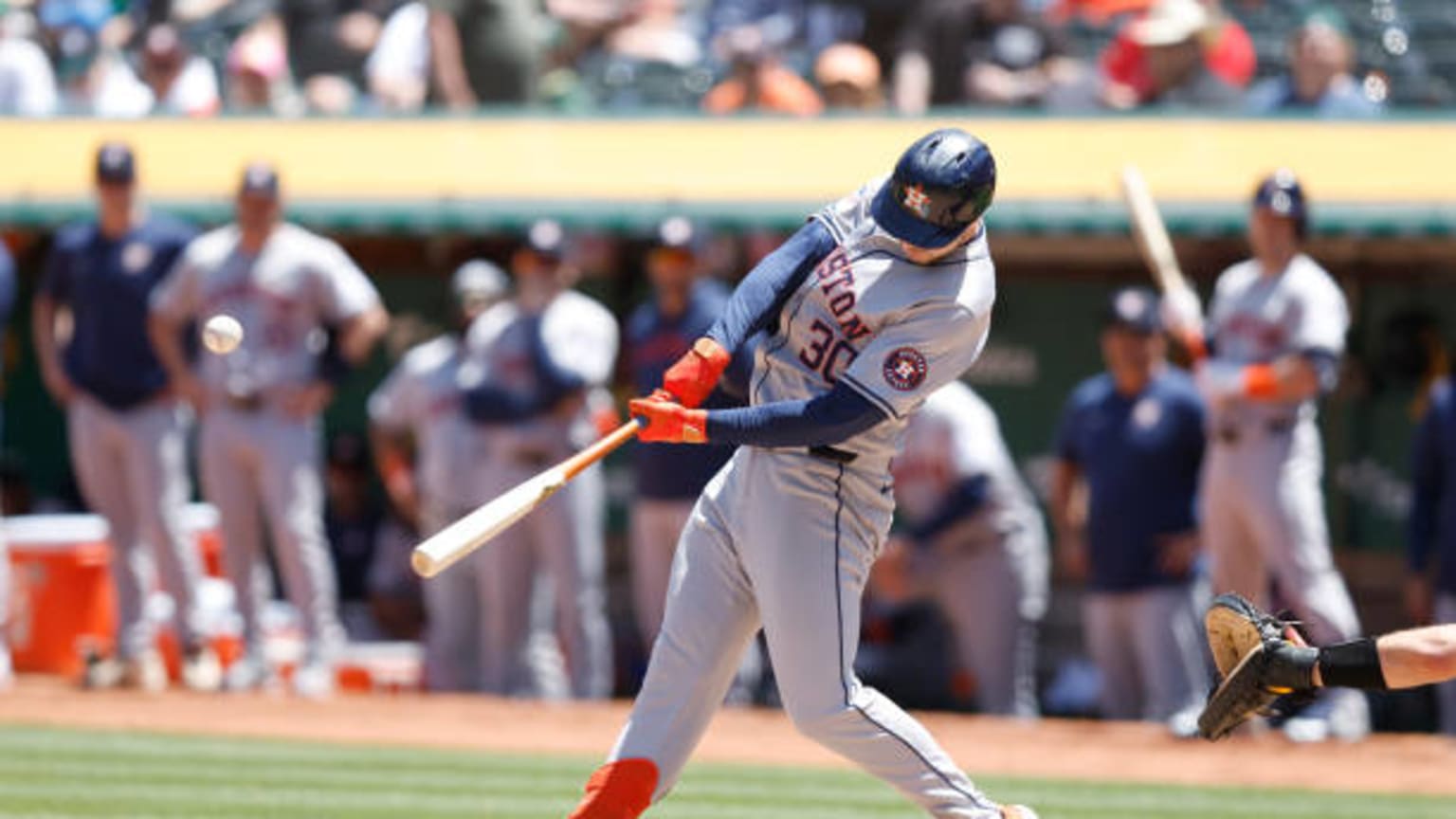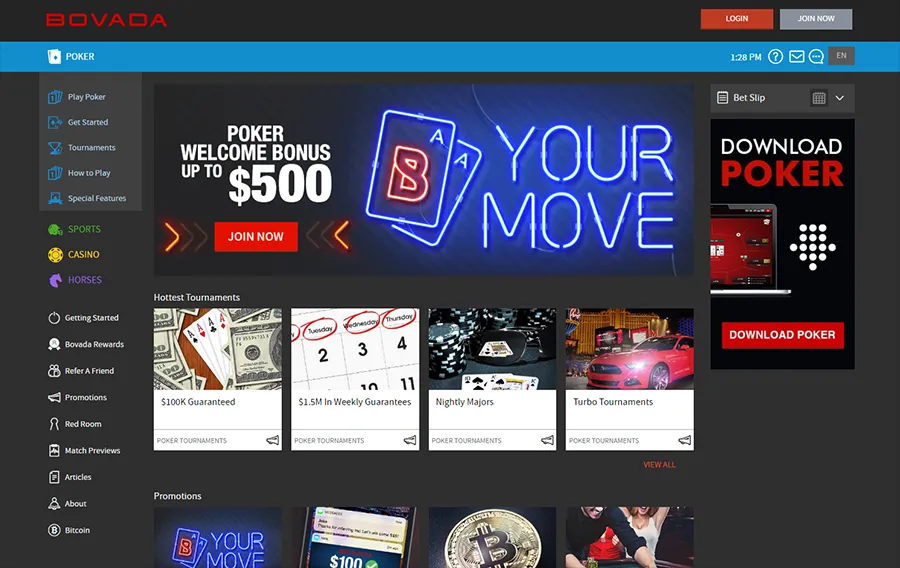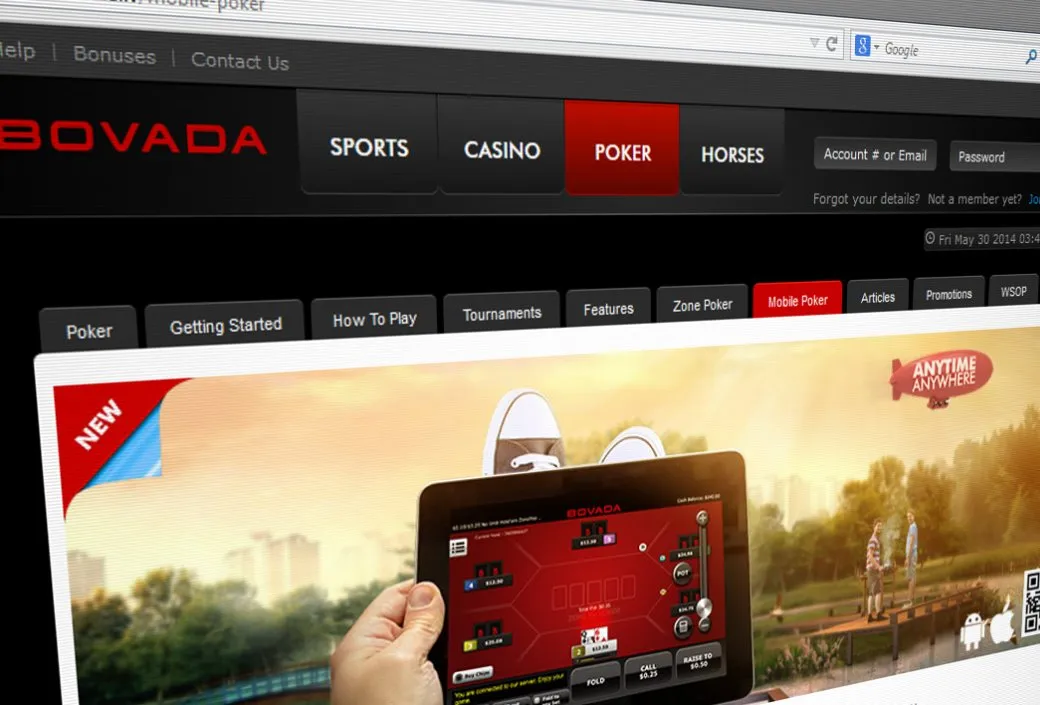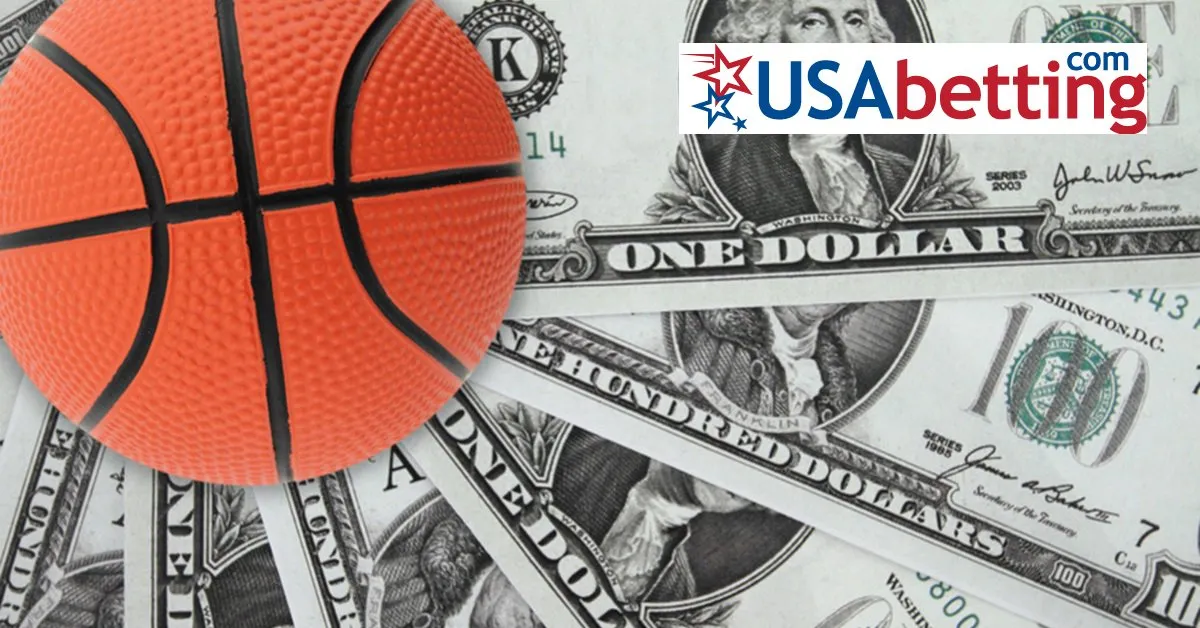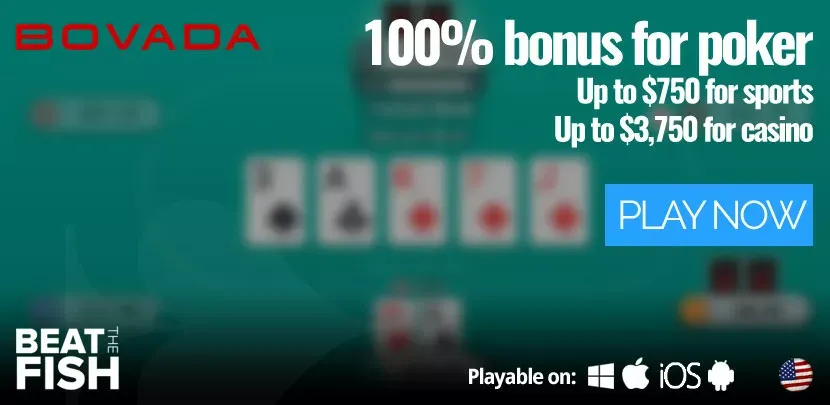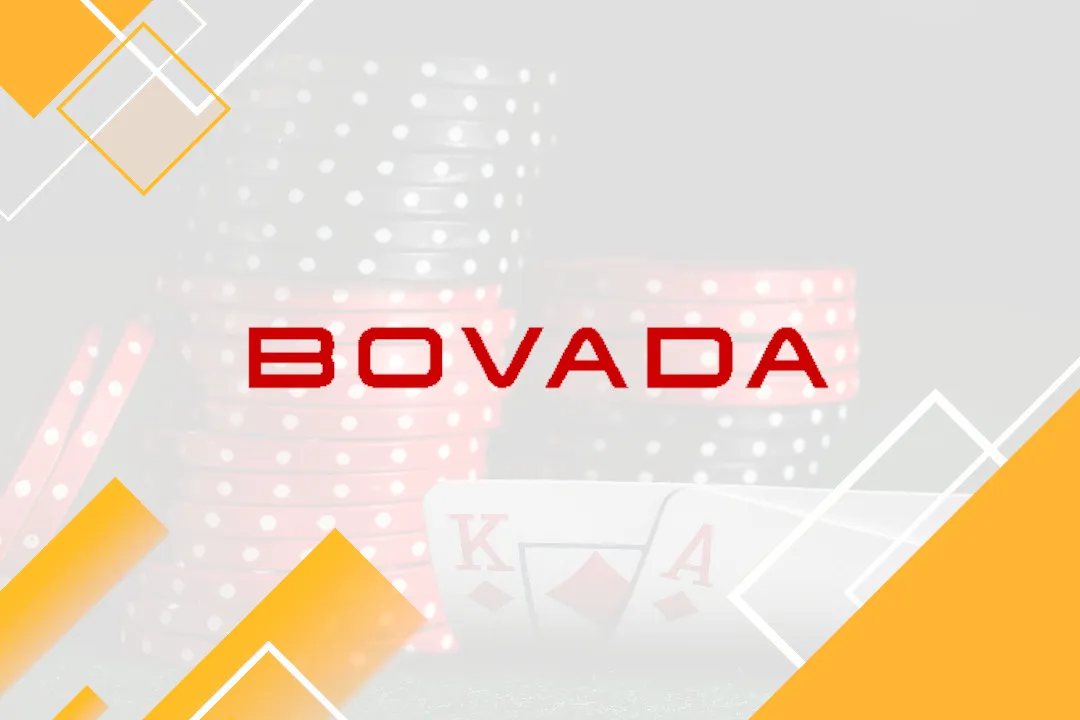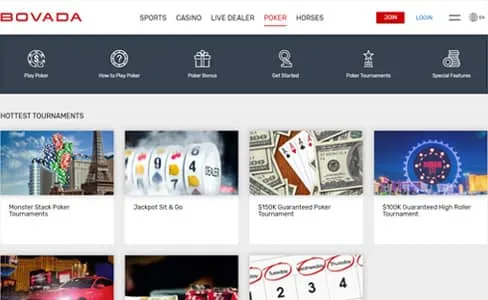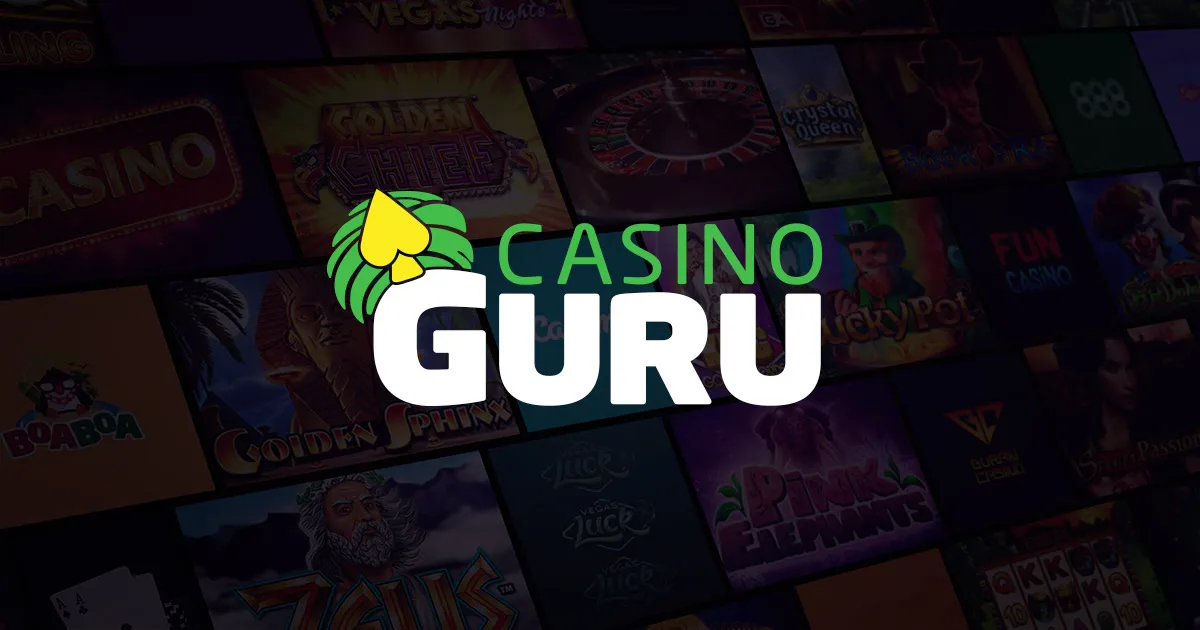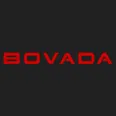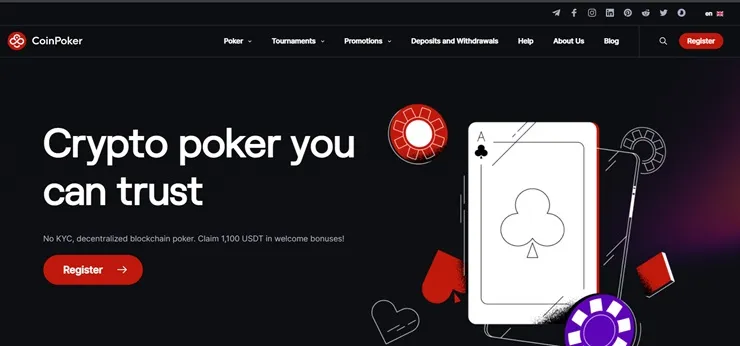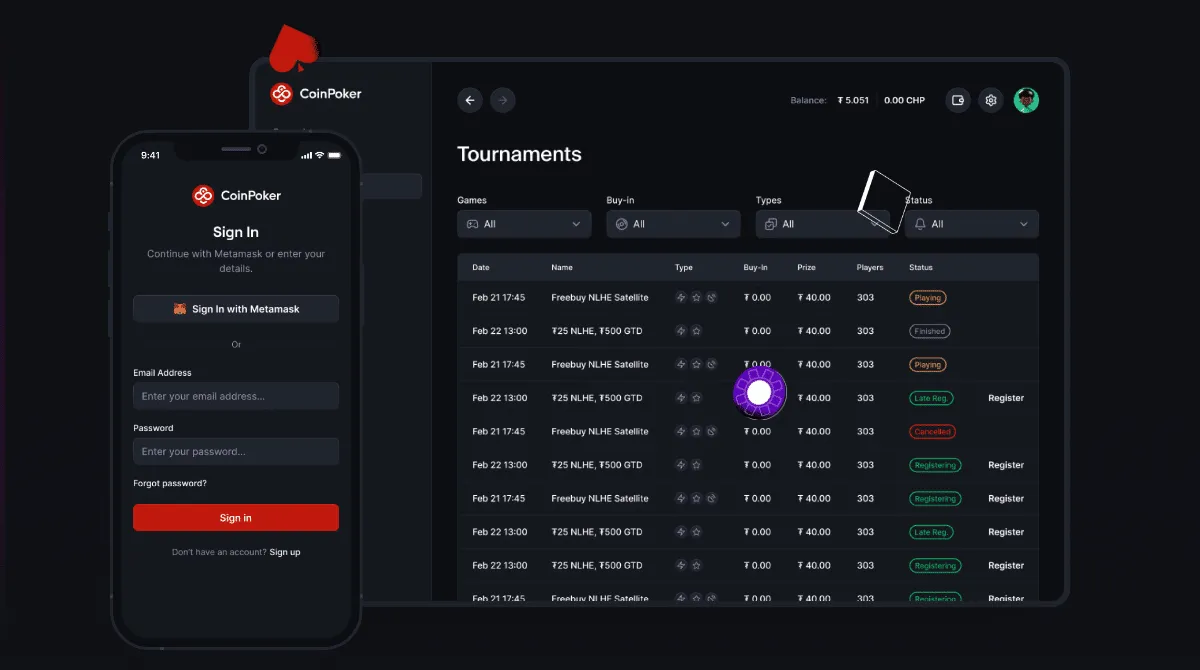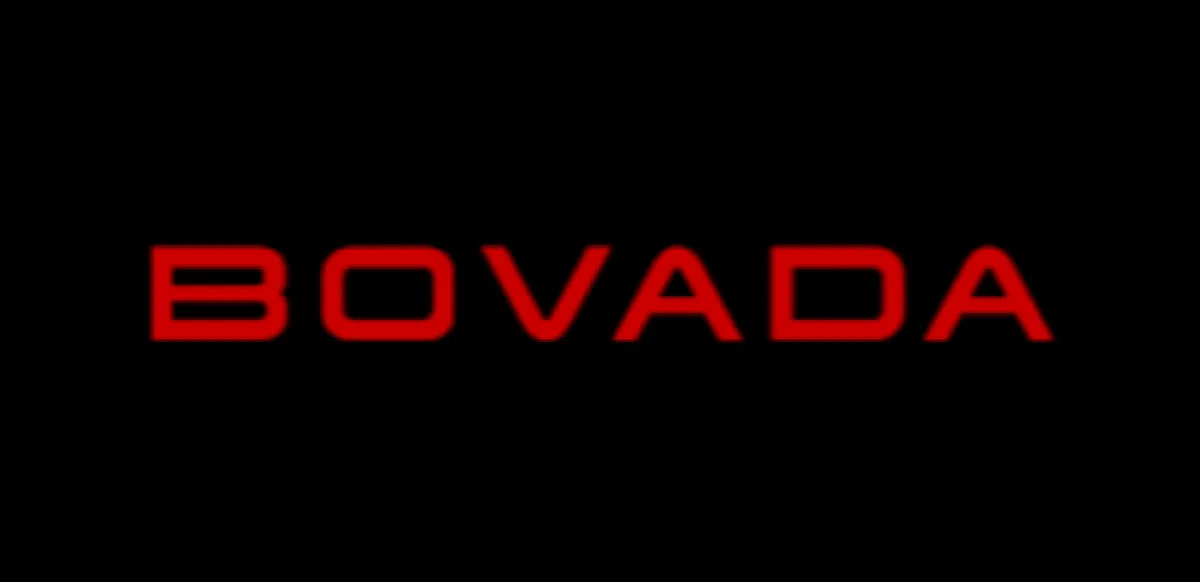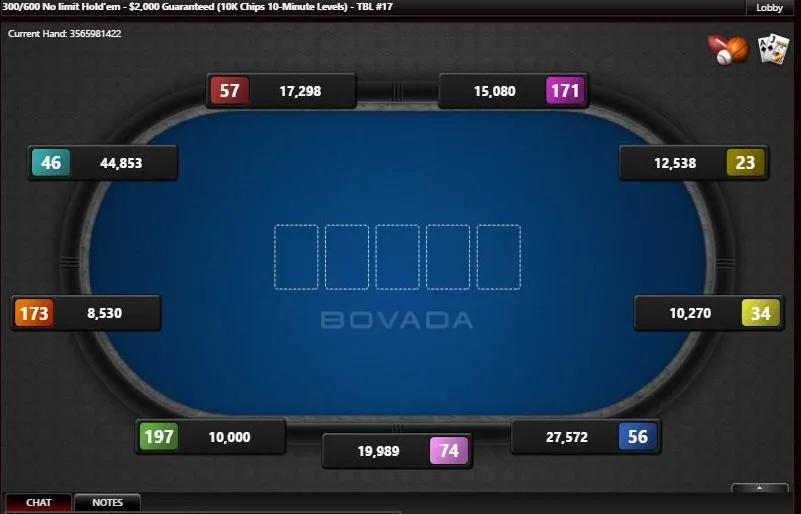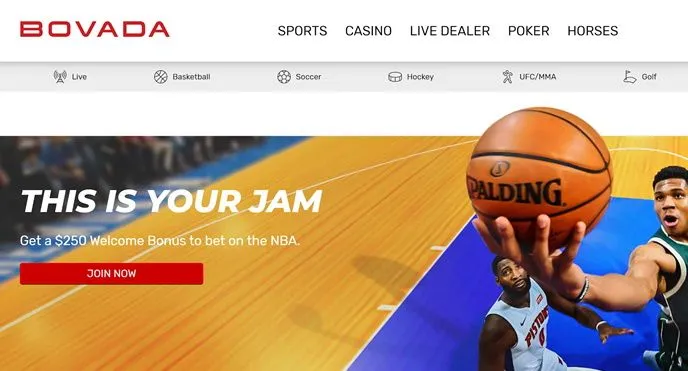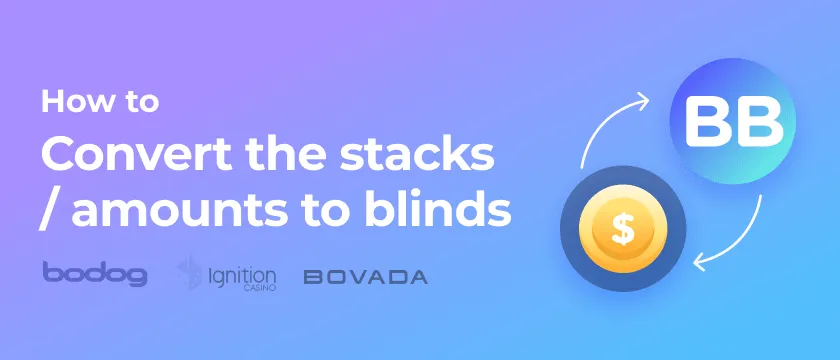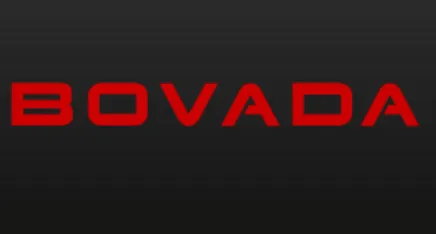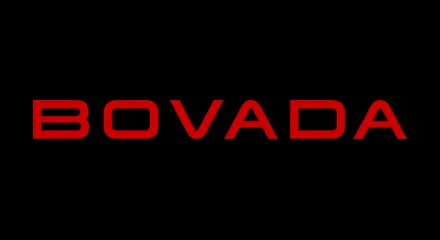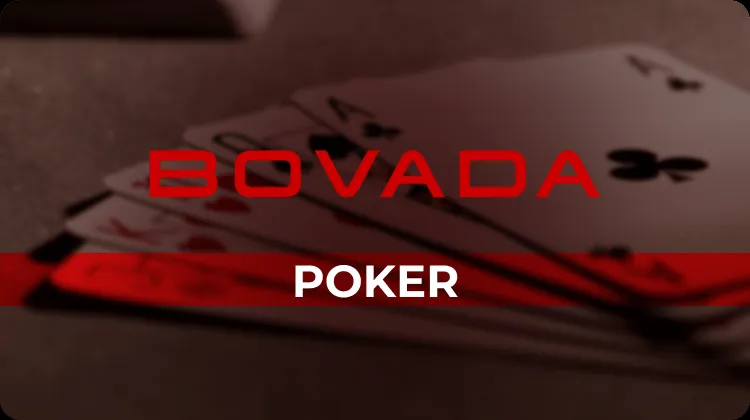Retro Game Review: World Poker Tour - Articles - Wizard of Vegas
Brandon James reviews the Jakks Pacific World Poker Tour plug-and-play TV game released in 2004 and looks into the supposedly adaptive technology.
- Home»
- Articles»
- Retro Game Review World Poker Tour
Welcome to another retro gambling games review! I’ll review something relatively current soon, I promise, but for now we are going to hop into our gambling time machine and take a trip back to 2004!
People might recognize 2004 as being roughly in the middle of the nationwide poker boom and they were putting, “World Series of Poker,” and, “World Poker Tour,” on everything they could. Don’t believe me? Here’s a World Poker Tour branded pinball machine from just a year or two after the Jakks Pacific World Poker Tour plug-and-play video game was released:
Seriously…a pinball machine.
What does Texas Hold ‘Em have to do with Pinball? Prior to this pinball machine, my guess would have been, “Absolutely nothing.” Why are they even making pinball machines after the turn of the century—we have the internet, who plays pinball? Do we have any pinball experts out there who can tell me how many games need to be played on a pinball machine for it to break even just on manufacturing costs?
Granted, products that actually have something to do with poker such as chips, cards, poker sets and, as we will be discussing, video games—make total sense. They were slapping WPT on everything in the mid-2000’s, though, let’s check some Amazon listings for some of the stranger stuff:
There’s a handheld video game, which would still fall under the video games category, but it’s still going for $50 as of the time of this writing. I know we didn’t exactly have iPhone X back in the 2000’s, but handheld games? I mean, there were laptops and tablets.
You have a few T-Shirts, hats, coffee mugs and zippos. I guess seeing a, “World Poker Tour,” hat and T-Shirt across the table from you was something of a tell that your opponent was either a professional who was repping a sponsorship—or a total fish.
They’d have probably made a World Poker Tour Cereal if they could have got Post on board with it.
The 2004 World Poker Tour plug-and-play game was manufactured and distributed by Jakks Pacific, which is a company that does a little bit of everything. Jakks Pacific might have more plug-and-play games in its catalog than any other company, so they should know their stuff when it comes to that. Additionally, they have produced educational items, toys, Halloween costumes, plush dolls, action figures and activity kits.
The Jakks Pacific modus operandi is not so much to make excellent games (though a few are considered pretty good—such as the Mortal Kombat plug-and-play), but mainly to get licensing deals and produce goods that are generally sub-par to average. Unlike Nintendo Games maker LJN, who would get licensing rights and generally proceed to produce absolute garbage (mostly for Nintendo systems) Jakks Pacific games are at least generally playable.
Jakks Pacific World Poker Tour
This game came by way of a little console that operated on four AA batteries, per the usual, not included and would plug directly into your TV console. The game featured multiple controllers with a little display screen upon which you could see your hole cards, which is essentially what made multi-player possible on these units. The display screen was your usual green-on-gray and would not generally be used if you were playing single player.
Game modes included, Poker Room, Poker Night, WPT Satellite and WPT Event modes, which basically did the following:
Poker Night: In this mode, there was no buy-in fee, so the player could just sit down and play No Limit Texas Hold ‘Em with $5 and $10 blinds. In theory, and according to the instruction manual, this mode would be easier than the others and the game would essentially self-adjust to adapt to the player’s skill level. For this mode, you would start with $400 in front of you (regardless of your bankroll) and the wins and losses don’t actually count. Basically just a practice mode.
Poker Room: This was the non-tournament mode in which you could build your bankroll. Poker Room featured $3 and $5 blinds and required a minimum buy-in of $100. In the event that your bankroll had dropped below $100, then you would probably just want to start over. Actually, the most prudent thing to do would be to turn the game (from the controller itself) off and on in the event that you were down on bankroll or knocked out of an event. Unless you really feel like you’re, “Testing your skill,” (you’re not) with this game, you’re really no worse off than you were before.
WPT Satellite: The first of nine WPT satellites that you would play is at the Aviation Club de France. This event had a $200 buy-in with fifty players and a $10,000 prize pool. The objective of the game (overall) was to progress through all of the WPT events in order to be crowned the WPT champion. Finishing in the Top Three (I believe) in this event could gain one entry into the WPT event.
WPT Event: The first of a few events was the Grand Prix of Poker and also took place at the Aviation Club de France. You could amass a bankroll of $500 and simply buy-in to this event directly, which consisted of 75 players and had a total prize pool of $37,500.
For the WPT Event, you would need to improve your bankroll slightly over the game’ starting bankroll, which you could do by playing one of the other modes,or buy placing high enough in the WPT Satellite Event, which you were able to buy into right away.
The graphics and gameplay from one mode to another were not meaningfully different and each table would start with a total of six players. In addition to the antes, the small blind and big blind would follow the expected rules of alternating and, if you know the basics of how the deal and blinds work in Texas Hold ‘Em, the game was accurate to that extent.
The graphics…ugh.
The graphics were not what you would expect from the consoles of this era of gaming, though in fairness, no plug and play games actually were. Unfortunately, these graphics were not even up to the standards of the previous console generation of Sega and Super Nintendo. In addition to the table and cards, each of the players (as well as the one controlled by the user) would have a stationary avatar that appeared next to their names, which was grainy and of poor quality. It really didn’t matter what kind of TV you were using, the graphics were never good.
I’d normally want to grade the graphics on a curve since it’s a plug-and-play game, but many of these sorts of games actually have reasonably good graphics. For example, 100-in-1 games which are accurate to Nintendo and Atari games…and, more importantly, also contain 100 games.
You’ve probably seen these being demoed at the mall around Christmas and usually cost anywhere from $30-$50; I have one, and in my experience, it’s pretty reliable. The graphics are obviously not to the quality of the consoles of today, but they have 100 games of which at least twenty classic titles are good and quite playable. These things do have a tendency to freeze, for whatever reason, from time-to-time.
The controller is a pretty simple affair with a directional pad and two buttons that are used to make your fold/call/raise decisions. One thing about the controller that might be annoying (if you’re not paying attention) is that the on/off switch and the reset buttons are both at the bottom of the controller, so if you put it down in too much of a hurry, you might click it off by accident.
Believe it or not, this is actually one of the few plug-and-play games to ever receive a rating of M for Mature, which is only because it’s a gambling-related game.
I guess you could say that all of the NPC’s (non-playable characters) at the table have a good, “Poker face,” given that the avatar never changes other than going gray when the player folds. Even the Vegas Stakes game for Super Nintendo had different avatars based on what the player’s responses to the characters are.
This game does keep track of player statistics which include, hands played, hands won, money won, money lost, games (tournaments) played and games won and lost.
In the various tournament modes, as players are eliminated from your game, they will be replaced by players from other tables. In theory, the events will become progressively more difficult to win as you advance through the various, “Months,” of the game in the WPT season.
However, all of that is purely in theory.
What Really Happens
Again, the claims in the instruction manual basically spoke to the effect that the game becomes progressively more difficult as you, the player, gets better. In reality, what happens is that the game just gets progressively more cheap.
For example, imagine that a player raises against you some amount pre-flop and you call because you have Queen-Ten suited, or some such. At that point, you flop top pair queens with a six and a deuce on the board in a rainbow flop. What you are going to find happens A LOT is that you are either going to bet into the pot, raise (if they bet first) or maybe even shove all-in.
Now, I know some players are big on a concept known as Game Theory Optimal which, among other things, kind of involve semi-randomization of decisions as not to be too predictable and readable, but I want to say (and I think Doug Polk, a proponent of GTO would agree) that seven-deuce offsuit (the worst hand in Texas Hold ‘Em) should never be in your pre-flop raise range.
At whatever point that you go all-in, the NPC will often flip over 7-2 offsuit, you guessed it, and proceed to catch a winning card usually on the river. The game is not programmed to become more difficult as you advance in a given tournament or in events; the game is programmed to progressively become more gaffed against you.
Do You Learn to Play?
Absolutely not! This game teaches you absolutely nothing about how to play poker well despite the box claiming that it’s for, “Seasoned pros and beginners alike,” the only thing that you will learn from this game is to be ridiculously conservative in your betting to try to avoid the inevitable screwjob if you shove all-in with a hand that has any chance of being outdrawn.
How do you learn to play poker against an opponent who is pre-flop raising 7-2 offsuit and can catch the cards it needs in the community cards to do whatever the hell it wants to? That’s not going to teach you anything. It would be bad enough if the computer players played completely randomly, which similarly, is not really going to teach you about how to play poker well, but you’re not going to learn anything from playing against a game that flatly cheats.
The only thing that a beginner might learn from this game is how the blinds, dealing procedure, movement of the button and antes work, but those folks could learn that just from watching poker on TV—which they have probably done—if they are buying this game to begin with.
If you go to about 2:00 in this video:
Here’s an example of the game being kind of rigged in the player’s favor in the early stages as this player has not advanced beyond the first event yet.
The first thing that we see is that the player gets dealt 7-2 offsuit out of the Small Blind and one of the NPC’s Raise $30. Granted, there’s something to be said for protecting your blinds, but this is NOT a call. There’s no GTO that puts 7-2 in your calling range here, unless you just absolutely don’t care. Maybe some people would want to make an argument if you KNEW that you were going to be heads up, but the Big Blind is still going to have an opportunity to act after you and could theoretically shove all-in.
Beyond that, the two characters after the raiser both called, so now you are in the Small Blind for $5, it was raised to $30, two players have called and the Big Blind still gets a chance to act after you. I don’t want to hear any bull**** about pot odds, this is NOT a call.
The player calls.
The flop comes 2-5-3 all diamonds, creating some opportunities for both straights and flushes. In the player’s defense, he does have a seven of diamonds, but the actions of the computer players would indicate either high cards (perhaps suited), medium pairs or suited connectors. Even if this player were to hit the flush, he can’t for a second believe that his flush is going to be good.
Fortunately for the player, himself and the three NPC’s all checked. In reality, if any of the NPC’s had a draw to a decent flush (four flush draw) they’d probably think about trying to chase some players out of the pot with a semi-bluff here.
The next card comes out five, creating a pair on the board, followed by a round of checking. If there was ever a point that you could at least make an argument for the player to initiate some action, it would be here, but I obviously understand the check just in case someone had something suited with a five. You could at least throw some sort of mid-sized bet out there to see where you are and maybe get some belly-buster straights and borderline flush draws to perhaps fold.
The last thing that you would want is for a no-flush high card to come out on the River and give one of the NPC’s a better two pair, if that happens, you’re toast. The player should never have been in this hand to begin with, but since he is, he should try to win and a bet at this juncture probably yields the best opportunity to do that.
In any event, both he and the NPC’s all checked.
The final card came out a four of hearts, so now there’s an open-ended straight in the community. The worst thing about that is that it’s a wheel straight, so you would probably assume with the pre-flop raise to $30 and two follow-up calls that one of those three NPC’s are very likely to have an Ace and, if so, are absolutely not folding here.
The player goes all-in, or at least intended to, but saved himself a dollar by mistake.
Two of the NPC’s folded and one called, the caller had J-10, suited, which lost to the player’s two pair.
In other words, the computer was actively losing here. There is absolutely NOBODY ON THIS PLANET crazy enough to call a shove with three-to-a-flush, a pair and an open-ended straight draw with a wheel straight all on the board against someone who was willing to call a $30 pre-flop bet.
Seriously. I don’t care if the NPC is meant to represent a person who has never played poker in their lives; there is nobody who is functionally intelligent that is walking this planet who believes that they are going to win that hand, with that board, with a pair of 5’s (on the board) and J-10 kickers. It’s ridiculous. There’s no possible interpretation for this action other than the supposed, “Artificial Intelligence,” intentionally almost doubling the player’s stack.
It is ridiculous. This would never happen in real life. This teaches nothing about poker unless the lesson is supposed to be that there will always be someone willing to ship you their chips for no reason.
The only possible alternative scenario is that the AI DOES behave completely randomly, but I know that’s not true because the ridiculous screwjobs that you will suffer if you advance far enough in this game involve going all-in against 7-2 offsuit something like 50% of the time. If you advance far enough in the game, you’ll learn the only way to beat it is by playing ridiculously conservatively and only shoving (or calling an all-in) if you have the stone cold nuts.
Furthermore, even if this game was teaching you how to play against beginners, the biggest mistake that total newbie players make, at least in my limited experience, is that most people seem naturally inclined to play too conservatively…not to play a board like that hoping for a Jack kicker to hold.
There are a few other Youtube reviews of this game, but there’s no way I can recommend them. When it comes to games that are based on a specific (and somewhat niche) game, like Texas Hold ‘Em Poker, you really have to have at least a passing understanding of the underlying game in order to review the video game well.
For example, I wouldn’t review a Nascar video game. The reason why I wouldn’t do that is that I understand almost nothing about Nascar aside from the basic fact that they drive around in circles and make pit stops sometimes. I wouldn’t know if the pit stops were realistic, if the fuel ranges on the game (compared to real life) were reasonable, if tires were wearing at the rate that they should be relative to current track conditions—none of it.
So, the reviewers reviewing this game know nothing about poker other than that there are cards and money involved. One of the reviewers says, “This is a bad poker game. I don’t gamble.”
Okay, so you’re someone who doesn’t like to gamble, in general, so I can assume that you don’t know anything about Texas Hold ‘Em, specifically. The reviewer that I am referencing is actually correct, this IS a bad poker game, but he has no idea what qualities make it a bad poker game.
The Worst Part?
I can’t imagine it happened often, but perhaps the worst part of this game is that some players might have thought they had developed poker skills that would translate into the real world. If these pokers felt that this game was actually, “Training,” them to do anything and tried to employ their newfound, “Skills,” in a live casino game, they’d likely get absolutely massacred.
There is literally not one single aspect of poker that this plug-and-play game would not make players actively worse at. There is no person who has ever benefited from playing this game at an actual poker table. Anyone with any non-zero amount of poker skill whatsoever would almost immediately recognize the NPC actions as being complete nonsense…whether or not said nonsense would cause you to win or lose depends on how far along you were in the game.
Conclusion
In conclusion, if Jakks Pacific makes a good game, it’s usually as if by accident. The fact of the matter is that Jakks Pacific is similar to LJN in that they get the licensing rights to produce games that take advantage of a popular trend in order to push units. That’s the entire business model.
Overall, many of the plug-and-plays that the company have created to replicate eight and sixteen-bit era games have been pretty okay, mostly by staying faithful to the original. Jakks has a five-in-one game based on Spongebob Squarepants that was released in 2003 and would have been an adequate game for something like the original Nintendo Entertainment System (NES). My guess is they put a little bit of actual effort into that one because they wouldn’t want to tick Nickelodeon off and not get licensed for future games.
However, this is the only World Poker Tour plug-and-play game released by Jakks that I’m aware of and it was made as though the company knew it was just taking advantage of a fad and wanted to get the licensing. They almost certainly didn’t care what World Poker Tour thought of the quality of the game because there wouldn’t be another one anyway, and it’s also quite possible that the World Poker Tour itself didn’t care if this game was any good or not.
Other than the basic rules of the game and hand rankings, there’s absolutely nothing that this game could teach you about actually playing poker well. It’s deliberately easy in the early stages with the player able to accumulate bankroll due to decisions that no poker player on Earth, however new to the game, would ever make.
As the player advances in the game, the claim was that the AI would become, “More difficult,” but the only thing that the supposed AI did was suck out on you all the time with terrible hands. The AI simply went from making almost impossibly stupid decisions to having God-like knowledge of the cards that were going to be coming in the community hand.
There was a mode that enabled you to play with your friends, but it wasn’t worth playing. Why would you want to play Texas Hold ‘Em on your TV with subpar graphics if you happen to own a table? Don’t pay the list price of $45.99 for this piece of garbage when you can get a perfectly adequate poker set at Big Lots for a fraction of that; that wouldn’t even require four AA batteries.
I have no idea how many units this stupid thing pushed, but it was too many.
In the context of the time that this game came out, I would rank it a 1.5 on a scale of 0-10. The only favorable thing that I can say about this game is that it didn’t screw anything up when it comes to the rules on how antes and blinds work. One point there.
Even by plug-and-play standards, the graphics for this game were awful. The playing cards weren’t particularly clear on the TV screen, unless you had a big screen TV or happened to be sitting somewhat close to the TV. The player avatars were not made to change based on what happened and didn’t even live up to what would have been 16-bit era standards. What pathetically little a Texas Hold ‘Em based poker game would have to accomplish in terms of graphical quality this game could not live up to.
The other half point that this game gets is that the stats screens are reasonably okay, not that it matters since the game basically decides when you win or lose anyway, regardless of whether or not you can actually play poker with any degree of skill. In addition to the stats already mentioned, it would track winning and losing percentages from the different hand positions.
In the context of today, I score this game a 0 out of 10. There’s absolutely no argument to be made for this piece of garbage when free apps are now widely available by which a player can play against AI or against other players. Granted, most of these apps create an artificial scarcity of fake money to get you to either buy chips or wait for various chip reloads, but just hop over to a different app rather than do that.
If you see this plug-and-play game at a yard sale with a price tag of $1.00, just know that you are wasting a perfectly good American dollar—and that’s assuming the game still works. Reports have indicated that the battery connectors have a tendency to go bad after several hours of use. The only reason that anyone should ever want to buy this game is if they are (for whatever reason) a collector of plug-and-play TV games (or video games, in general) and do not have this one yet.
Tweet Posted byMission146 ### Comments
### Comments
 smoothgrhJun 04, 2021Wow! First, thanks for the incredibly detailed review of the WPT Plug ’n Play game
smoothgrhJun 04, 2021Wow! First, thanks for the incredibly detailed review of the WPT Plug ’n Play game
 smoothgrhJun 04, 2021Wow! First, thanks for the incredibly detailed review of the WPT Plug ’n Play game
smoothgrhJun 04, 2021Wow! First, thanks for the incredibly detailed review of the WPT Plug ’n Play game
FAQ
How do I install WPT Global?
How do I install WPT Global?
Windows - minimum system requirements: Windows 7, min 500MB disk space, 3 GB RAM (4 GB recommended)
1. Press the button to start the download 2. Once the app has downloaded to your computer, open the file (check your “Download” folder) to launch the installer 3. Follow the installer’s instructions
Mac - minimum system requirements: macOS 10.14, min 500MB disk space, 3 GB RAM (4 GB recommended)
1. Press the button to start the download 2. Once the app has downloaded to your computer, open the file (check your “Downloads” folder) 3. Drag the WPT Global icon to your Applications folder 4. Open your Applications folder and run the WPT Global application to start playing
What is the bonus code for WPT Global Poker 2023?
What is the bonus code for WPT Global Poker 2023?
We’ll save you time. The best bonus code for WPT Global is WPT777. By entering the bonus code, players will get a welcome bonus 100% up to $1,200 on the first deposit. The minimum deposit is $20.
What are the Big Bass Bonanza multipliers for each retriggered 10 free spins round?
What are the Big Bass Bonanza multipliers for each retriggered 10 free spins round?
The first retrigger gives the wild a 2x multiplier, the second retrigger gives a 3x multiplier, and the third retrigger gives a 10x multiplier on your wild.
How does account verification work?
How does account verification work?
WPT Global reserves the right to request documents to verify the identity of players and prevent problem or fraudulent activity. The types of documents required are: proof of identity (ID card, passport, driver’s license), proof of address (utility bills or bank statements not more than three months old) and proof of deposit (cards or e-wallet). When requested, players must provide full, clear, color photos or screenshots of verification documents. Further information regarding account verification is available on the WPT Global FAQ page.
Can you play WPT global with a VPN?
Can you play WPT global with a VPN?
Wpt global is one of the world’s largest online poker sites, but it is also one of the most restrictive in terms of IP address restrictions. As a general rule, traditional VPNs cannot be used to access the platform because they can either warn or block your accounts.












